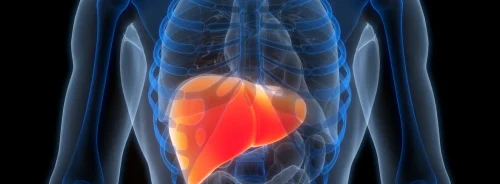The National Health Service (NHS) in England continues to face significant challenges in ensuring patient safety, with unsafe care causing both human suffering and substantial financial strain. Research estimates that improving patient safety could save up to 13,500 lives annually and reduce costs by €16,4 billion (£14 billion) per year. A focus on safety is central to the NHS' 10-year plan, which includes key recommendations for enhancing patient safety. This plan targets system-wide objectives, workforce development and the establishment of robust measurement and reporting frameworks.
Establishing Patient Safety as a Core System Goal
For patient safety to become an integral part of healthcare delivery, the NHS must create a unified management and oversight system. Currently, while reports on patient safety abound, the implementation of their recommendations often falls short. A single, comprehensive process for translating safety lessons into practice is essential. The Health Services Safety Investigation Body (HSSIB) is well-positioned to lead this initiative due to its independence from healthcare management, allowing it to focus on safety improvements across the board. However, its work must be complemented by a coordinated system to ensure that the lessons learned are put into action.
Further, the NHS must rethink the clinical negligence and litigation system. The current approach, which is costly and adversarial, often compounds the harm done to patients and healthcare workers. Exploring alternative models, such as those used in countries like Sweden and Japan, could improve both safety outcomes and financial efficiency. Additionally, setting a new national ambition for maternity safety, replacing the 2025 targets, is crucial. This ambition should aim for continuous improvements, supported by transparent reporting and accountability.
Developing a Skilled Workforce to Improve Safety
Improving patient safety also requires a workforce equipped with the right skills and culture. One critical step is the integration of chartered human factors professionals into healthcare teams. These professionals bring expertise in system design, team dynamics and safety optimisation, essential for reducing errors and improving care efficiency. Industries such as aviation and nuclear power already employ human factors experts to manage complex systems, and healthcare must follow suit.
Moreover, a national improvement support team should be established to provide on-site assistance in hospitals experiencing safety challenges. When regulatory bodies like the Care Quality Commission (CQC) identify issues, a team of experienced professionals should be available to offer rapid support, ensuring that safety improvements are implemented effectively.
Equally important is ensuring that every NHS board has a dedicated director of patient safety. This role is crucial to prioritising safety at the highest levels of decision-making. Without it, patient safety often takes a backseat to financial and staffing concerns. A director of patient safety should be as integral to healthcare organisations as other key roles, such as finance or medical directors.
Enhancing the Measurement and Reporting of Safety Issues
A critical part of improving patient safety is better measurement and reporting. Currently, the NHS struggles to keep up with the volume of safety recommendations and to respond in a timely and efficient manner. A task force should be established to streamline the process of issuing and acting upon safety alerts. This would help ensure that resources are focused on the areas of greatest risk to patient safety rather than on "easy wins" that have minimal impact.
Additionally, the collection of safety data must be more structured and comprehensive. Patient and staff perspectives on safety should be integrated into national and local datasets to provide a more holistic view of safety issues. This could be achieved by refining systems like the NHS Friends and Family Test and staff surveys to ensure they contribute meaningfully to safety improvements.
Lastly, the NHS should develop and publish a national patient safety dashboard, which would track validated safety metrics. By monitoring key indicators, such as infection rates or unplanned hospital readmissions, the NHS could identify struggling services earlier, allowing for timely interventions before patient harm escalates.
Patient safety is an ethical and practical imperative that must be central to the NHS’s 10-year plan. Through a combination of system-wide reforms, workforce development and improved measurement frameworks, the NHS can create a safer environment for patients and staff alike. Focusing on patient safety not only promises to save lives but also offers the potential for significant cost savings, reducing the financial burden on the system. As the NHS faces unprecedented challenges, prioritising safety will be essential in building trust and ensuring that the service delivers the care that the public deserves.
Source: HSJ
Image Credit: iStock






